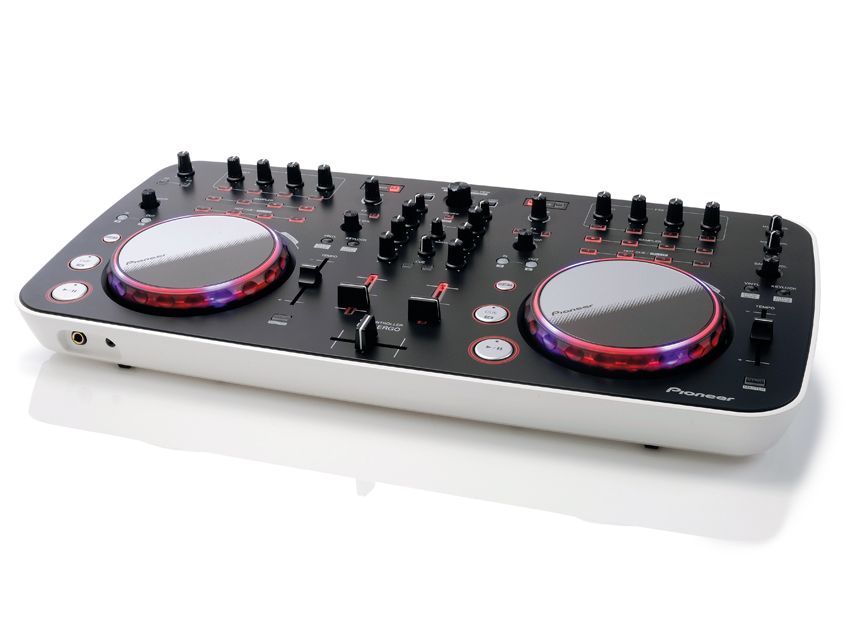


#Pioneer ddj ergo ebay plus
Loop controls on the DDJ-SB3 are similar to older DDJ-SB controllers: They consist of an Auto Loop button that toggles a loop on or off, plus you’ve got loop length half and double buttons.
#Pioneer ddj ergo ebay manual
The DDJ-400 has longer pitch faders for more accurate manual tempo matching, while the DDJ-SB3 has slightly larger performance pads compared to the DDJ-400. The DDJ-SB3 is also compatible with Virtual DJ 8, while compatibility with the DDJ-400 is forthcoming. Out of the box, the DDJ-SB3 works with Serato DJ and the DDJ-400 works with Rekordbox DJ. The DDJ-400 echoes this sentiment, albeit in a more pared down fashion fitting for an entry-level device. The company seems to want to make the DJing experience on its club standard gear consistent with its DDJ controller line, and this started with the introduction of the DDJ-1000 earlier this year that had a deck layout and Beat FX similar to what you’d find on a CDJ/DJM set-up. The DDJ-400, on the other hand, is a sign of things to come for Pioneer DJ. The DDJ-SB3 also has the infamous Pad Scratch button (more on that later). The DDJ-SB3 is representative of Pioneer DJ’s more traditional control layout: it’s got an FX section at the top of each of the two decks, plus looping controls beside the performance pads. Both are Pioneer DJ’s most compact devices in its DDJ range of controllers, and while their general build is similar, the main differences lay in the controls and how they are laid out on both devices. The DDJ-400 and DDJ-SB3 have a similar overall size and weight. Check out the video below and then keep scrolling for our detailed comparison.

Both are fresh units for 2018, but they’ve got big differences between them which we’ll tackle in this piece. In today’s Head To Head we compare two of Pioneer DJ’s latest beginner-focused controllers: the DDJ-400 which was just released a month ago, and the DDJ-SB3 which has the Pad Scratch button (aka the “Jazzy Jeff button”).


 0 kommentar(er)
0 kommentar(er)
